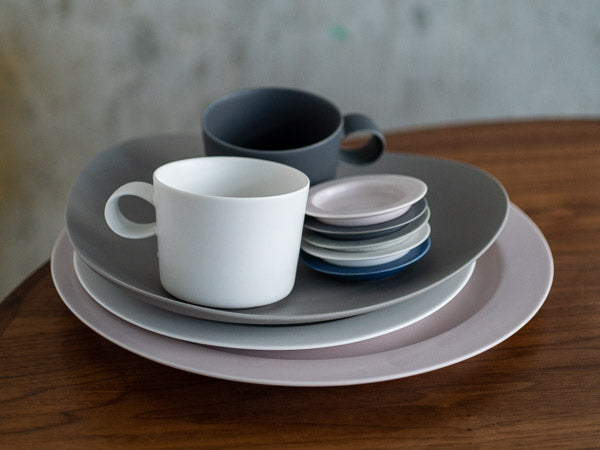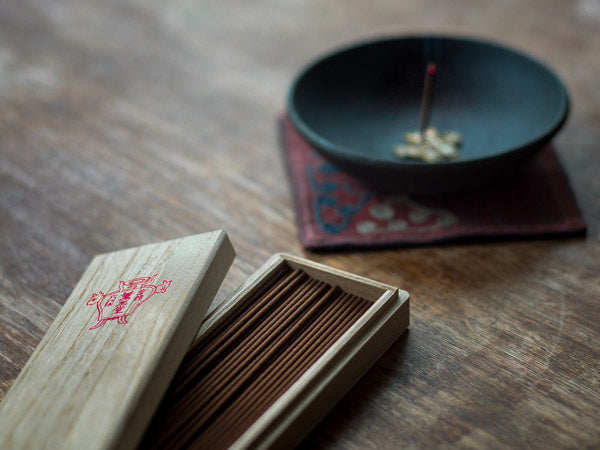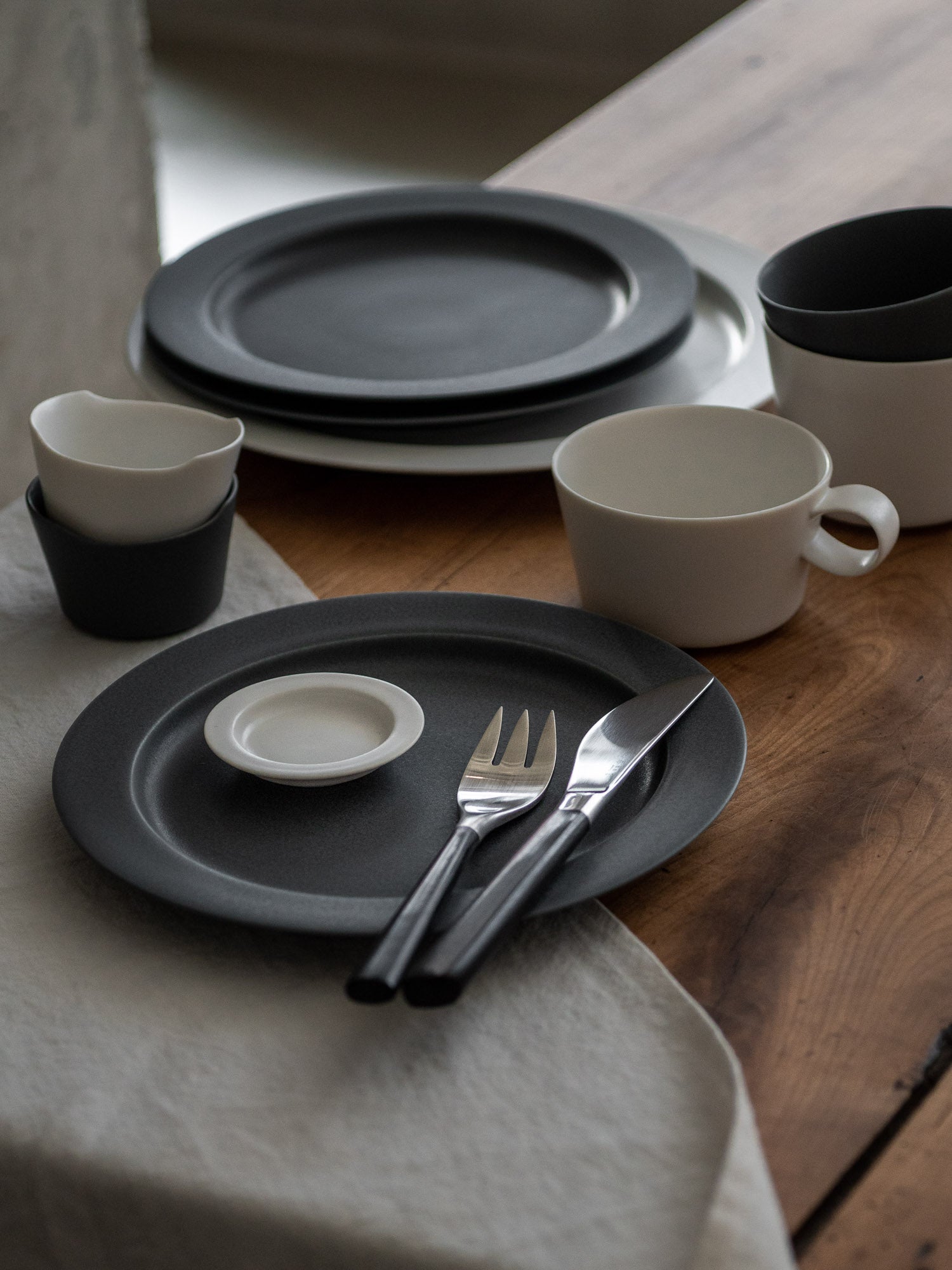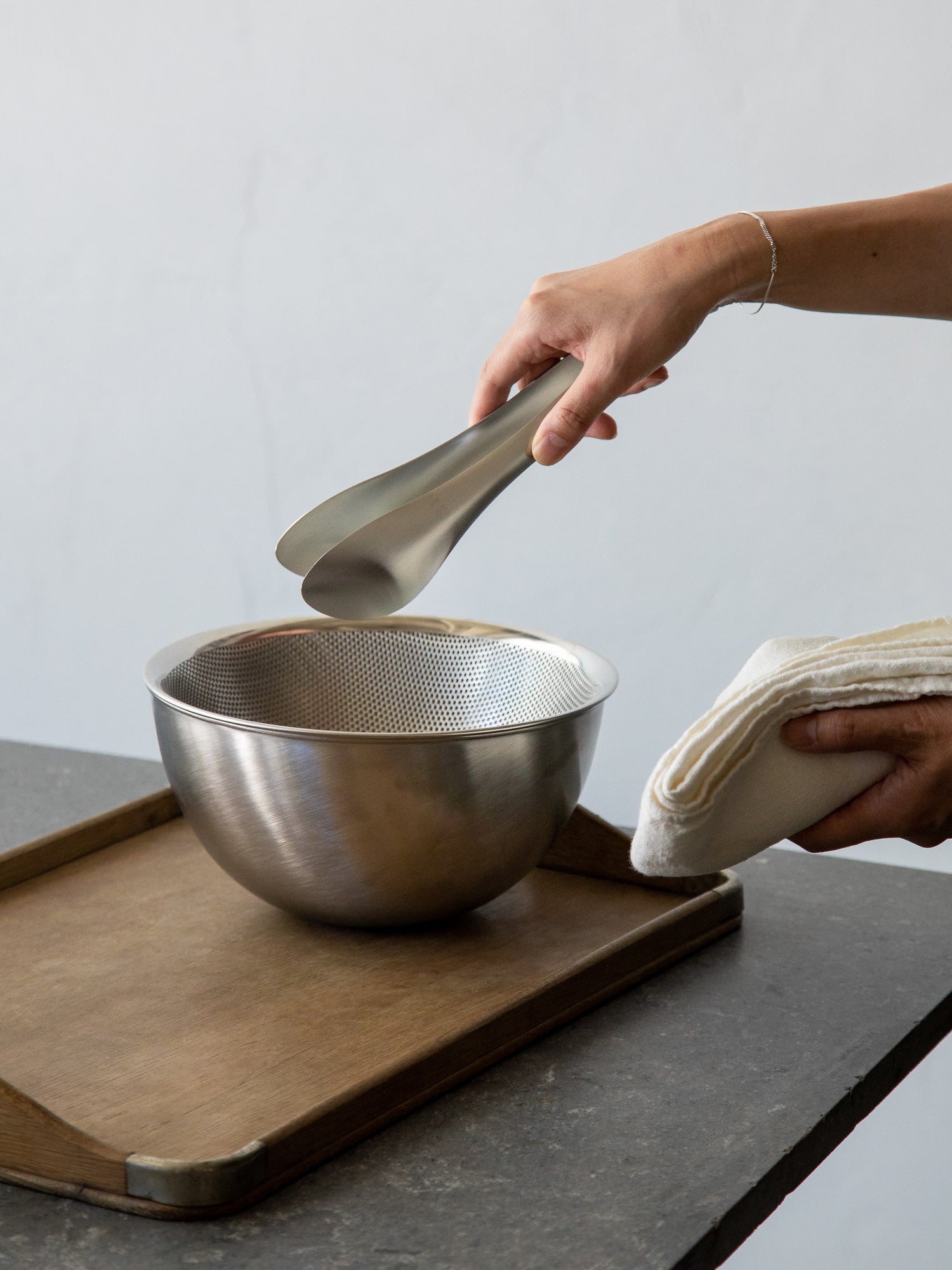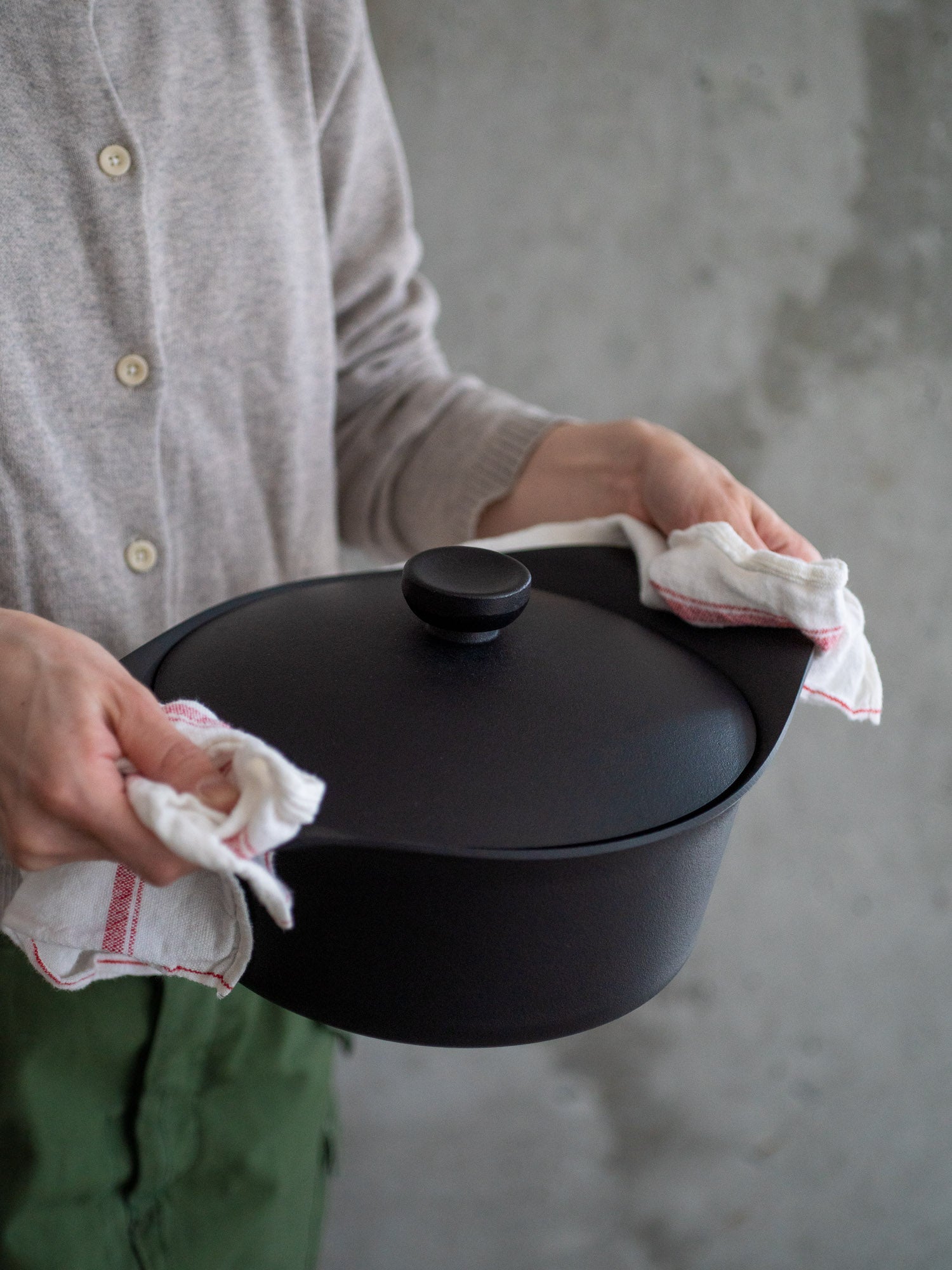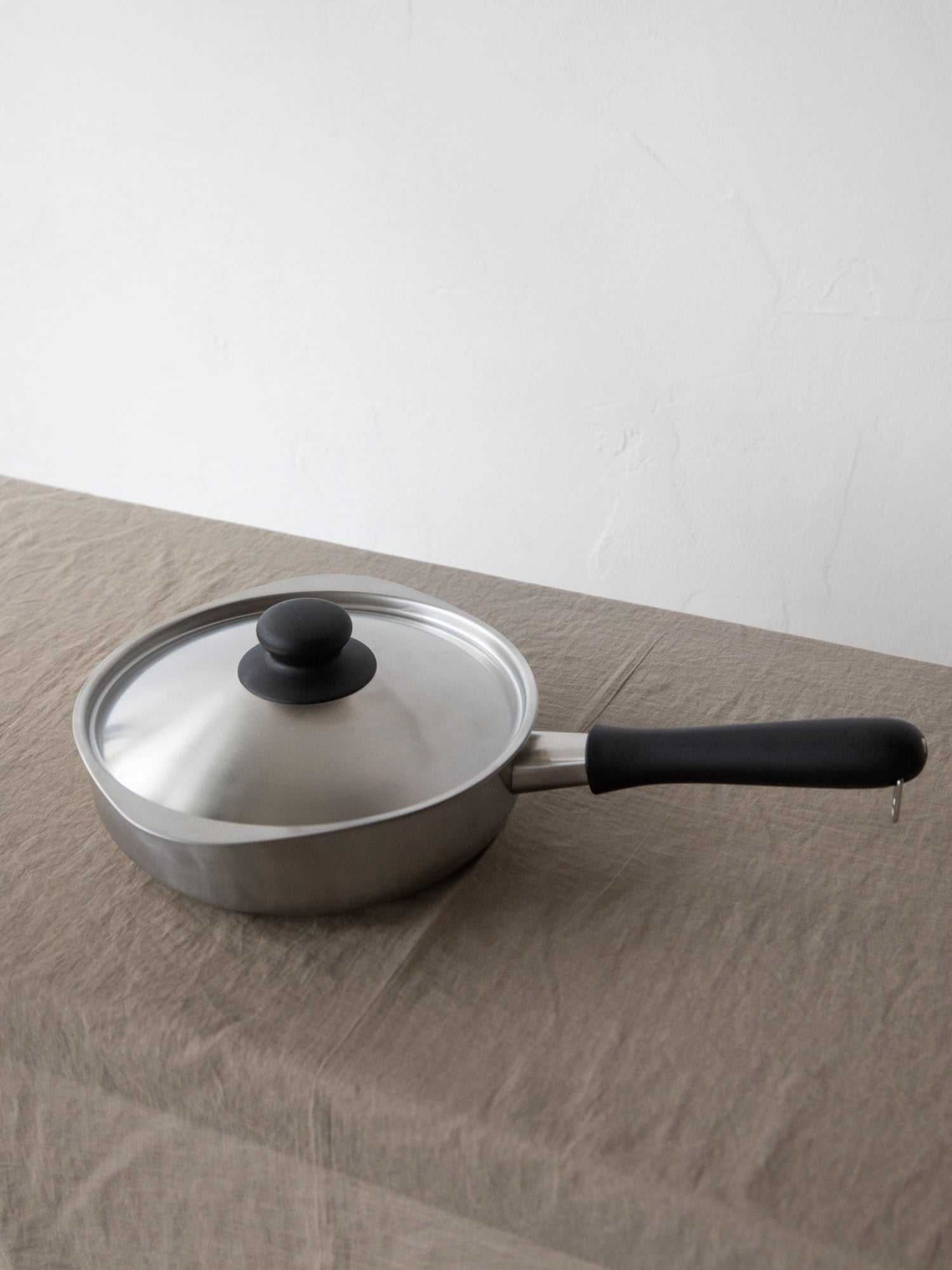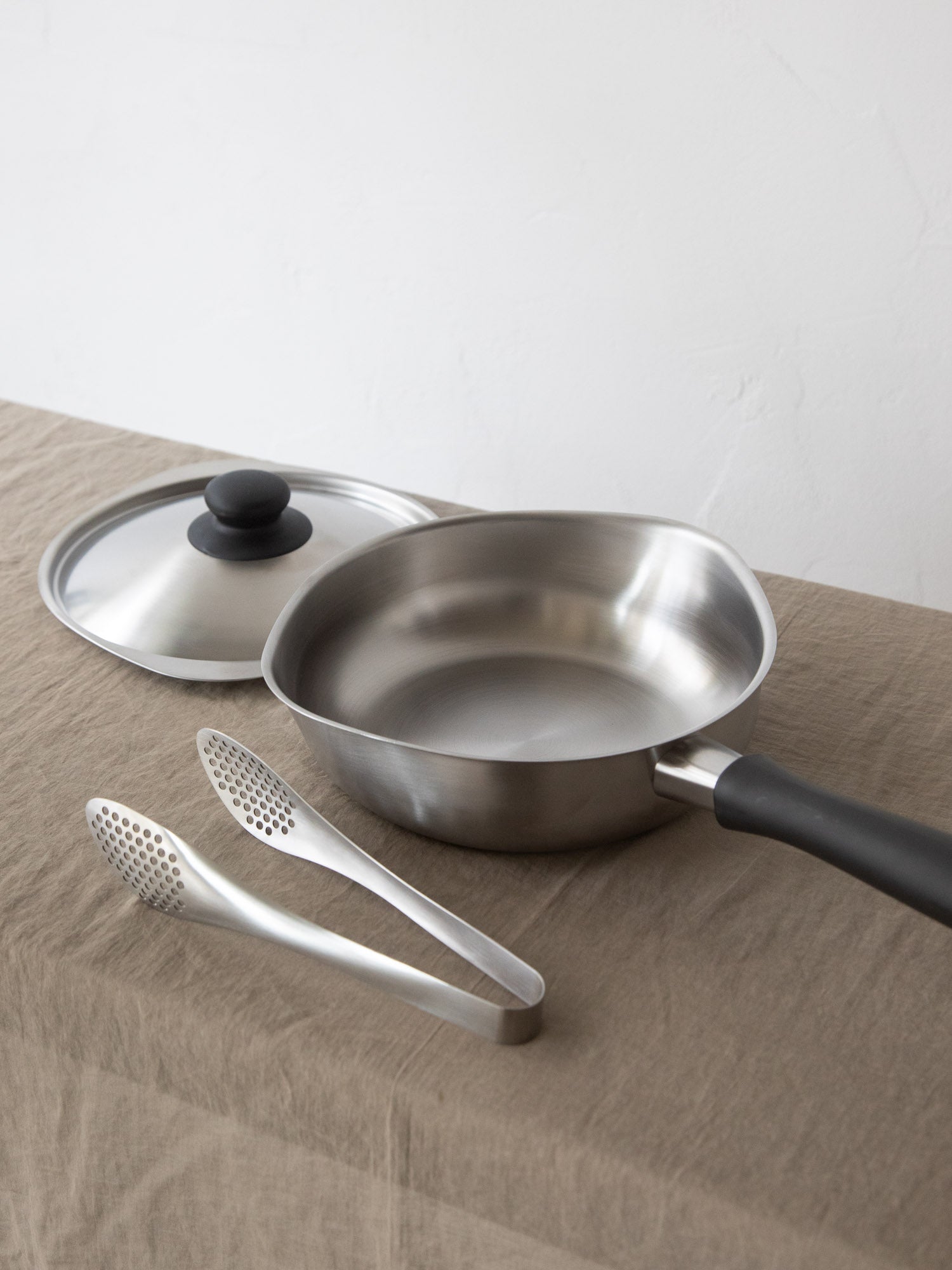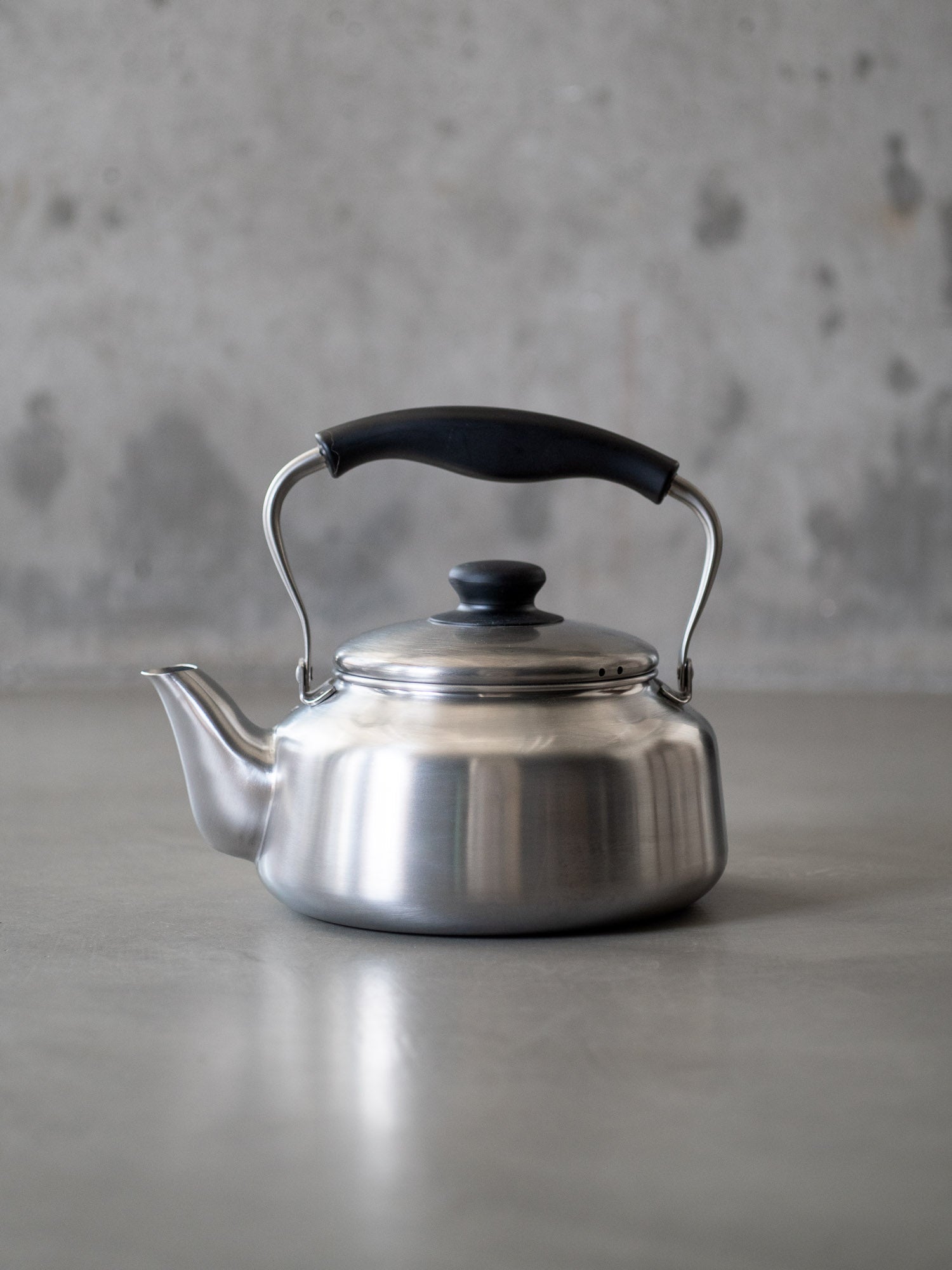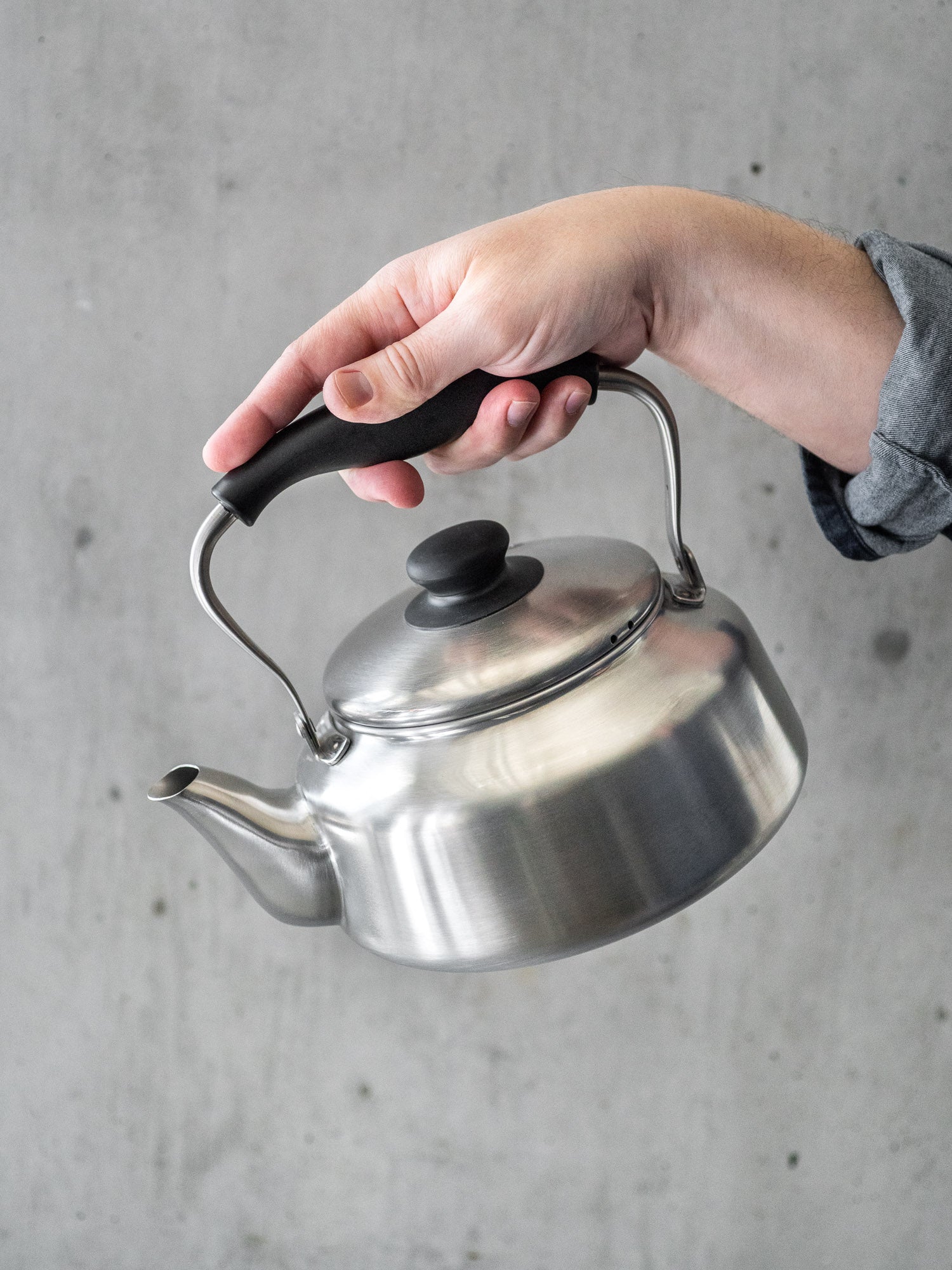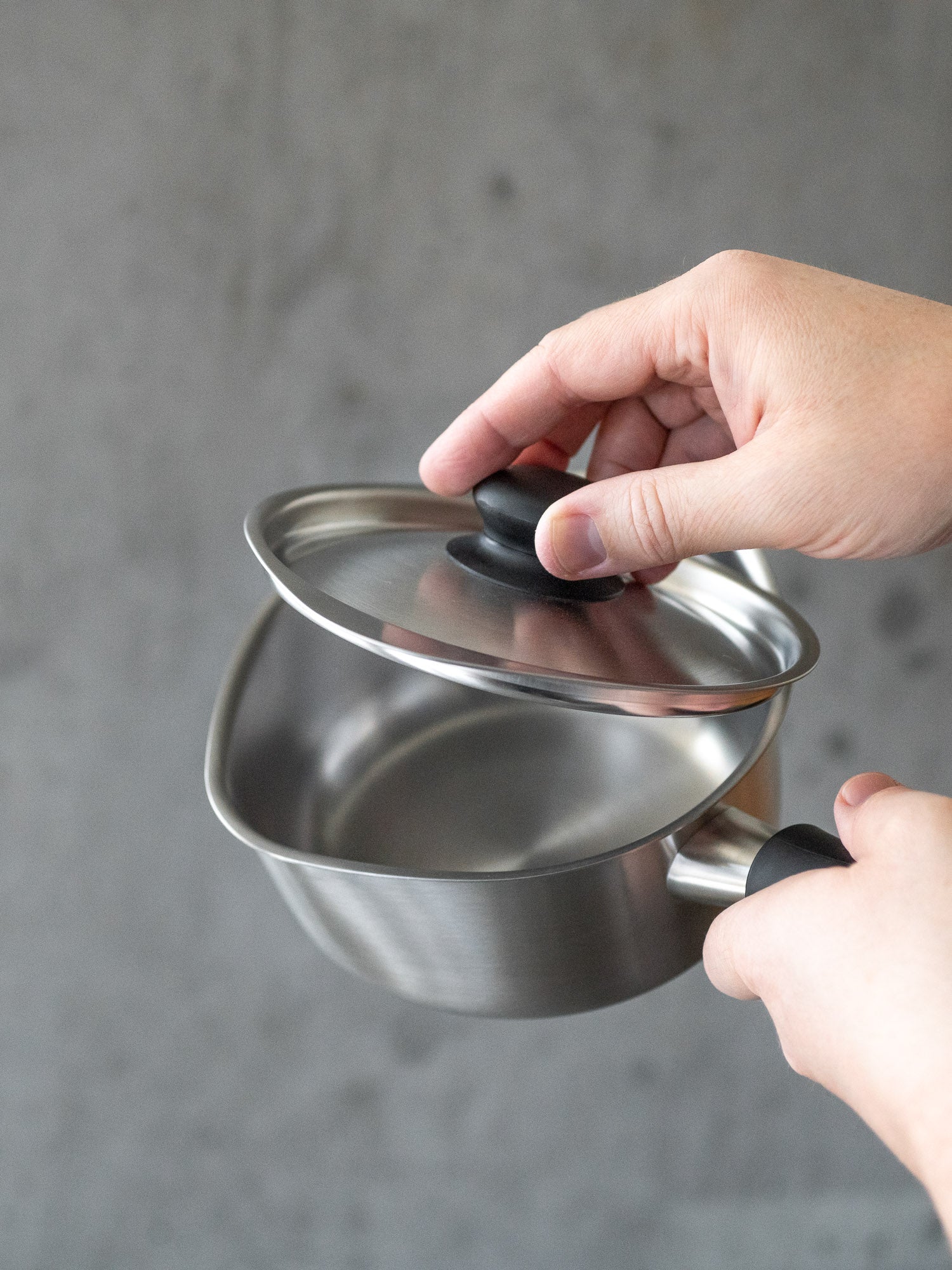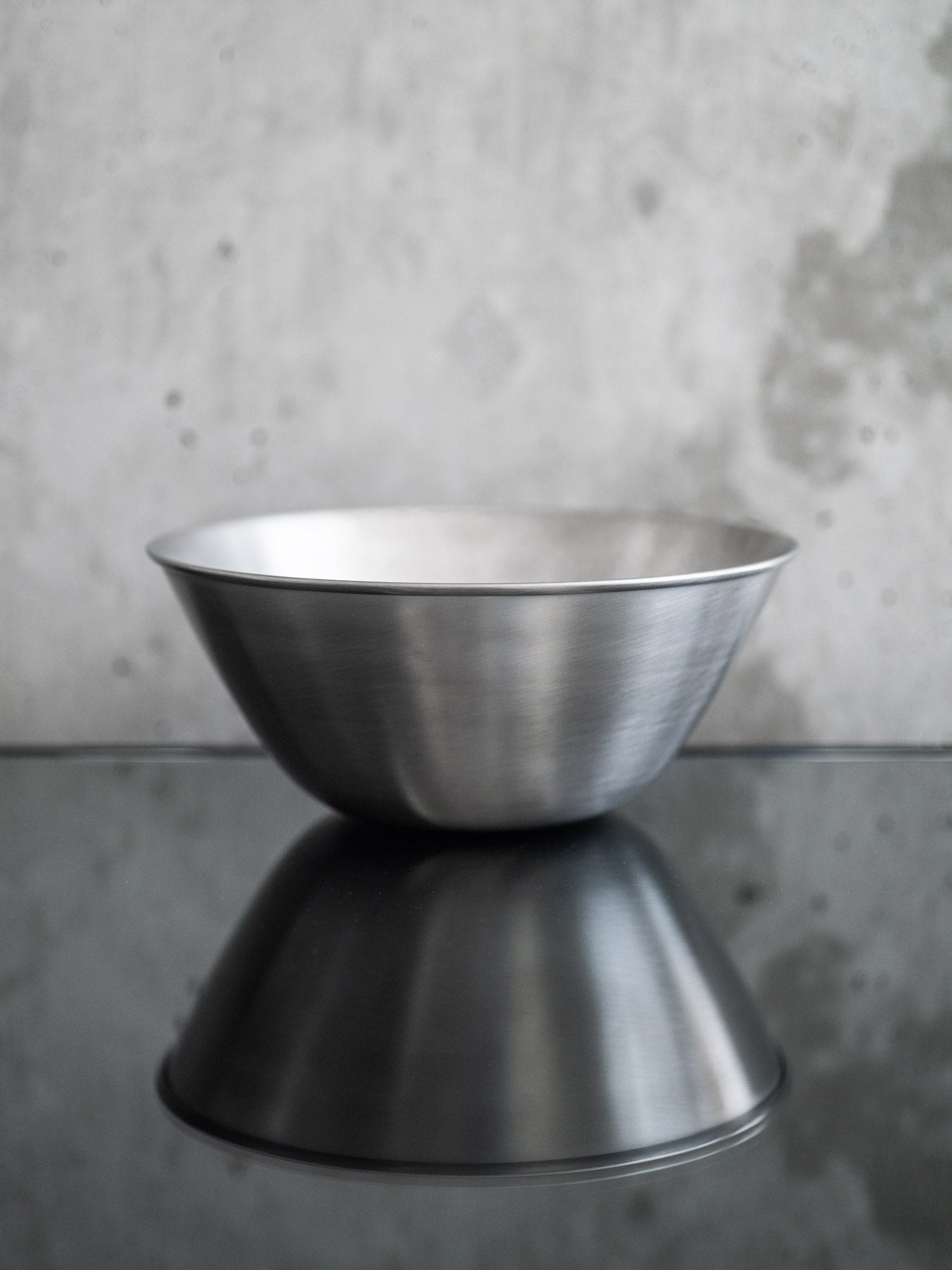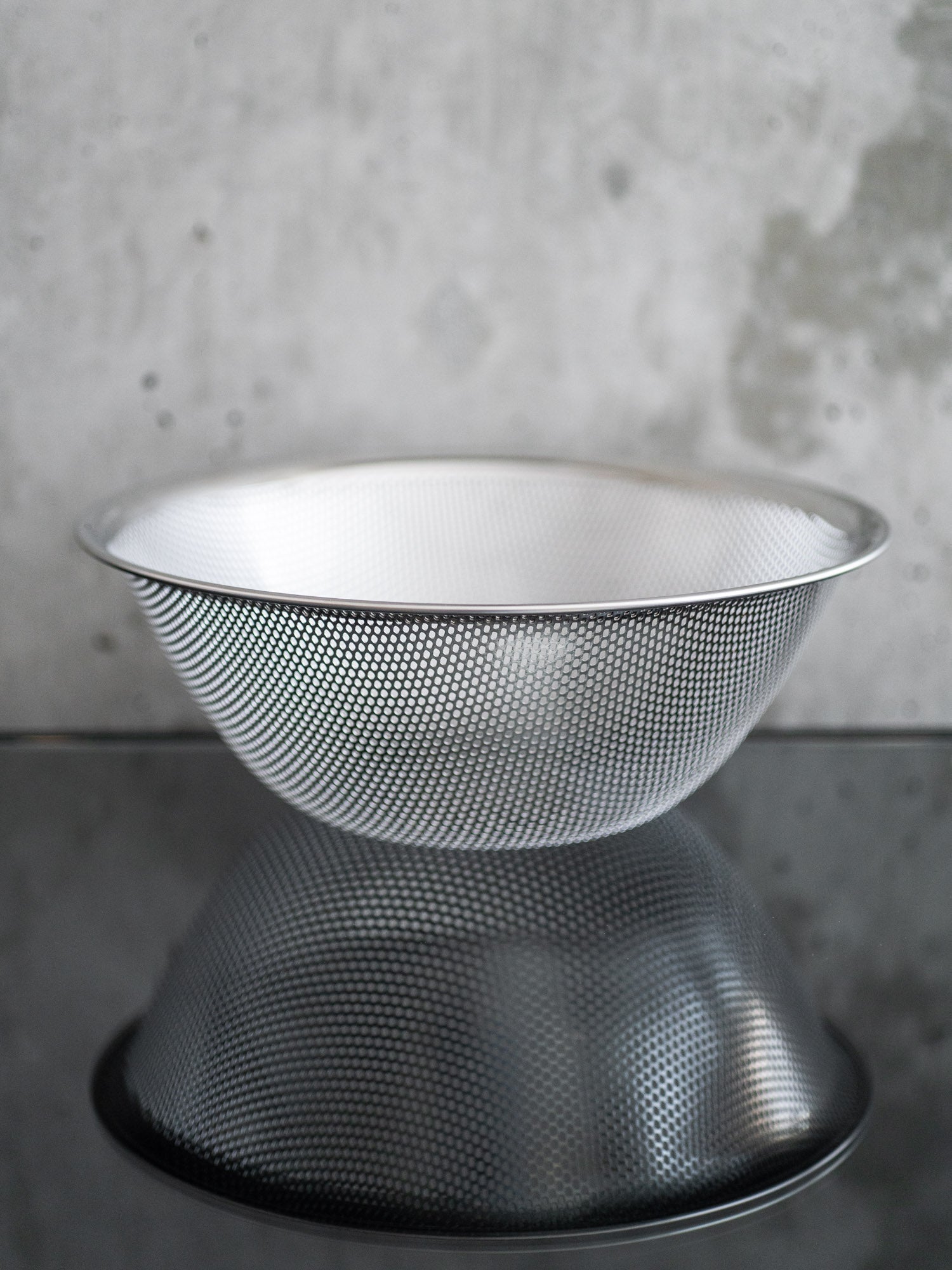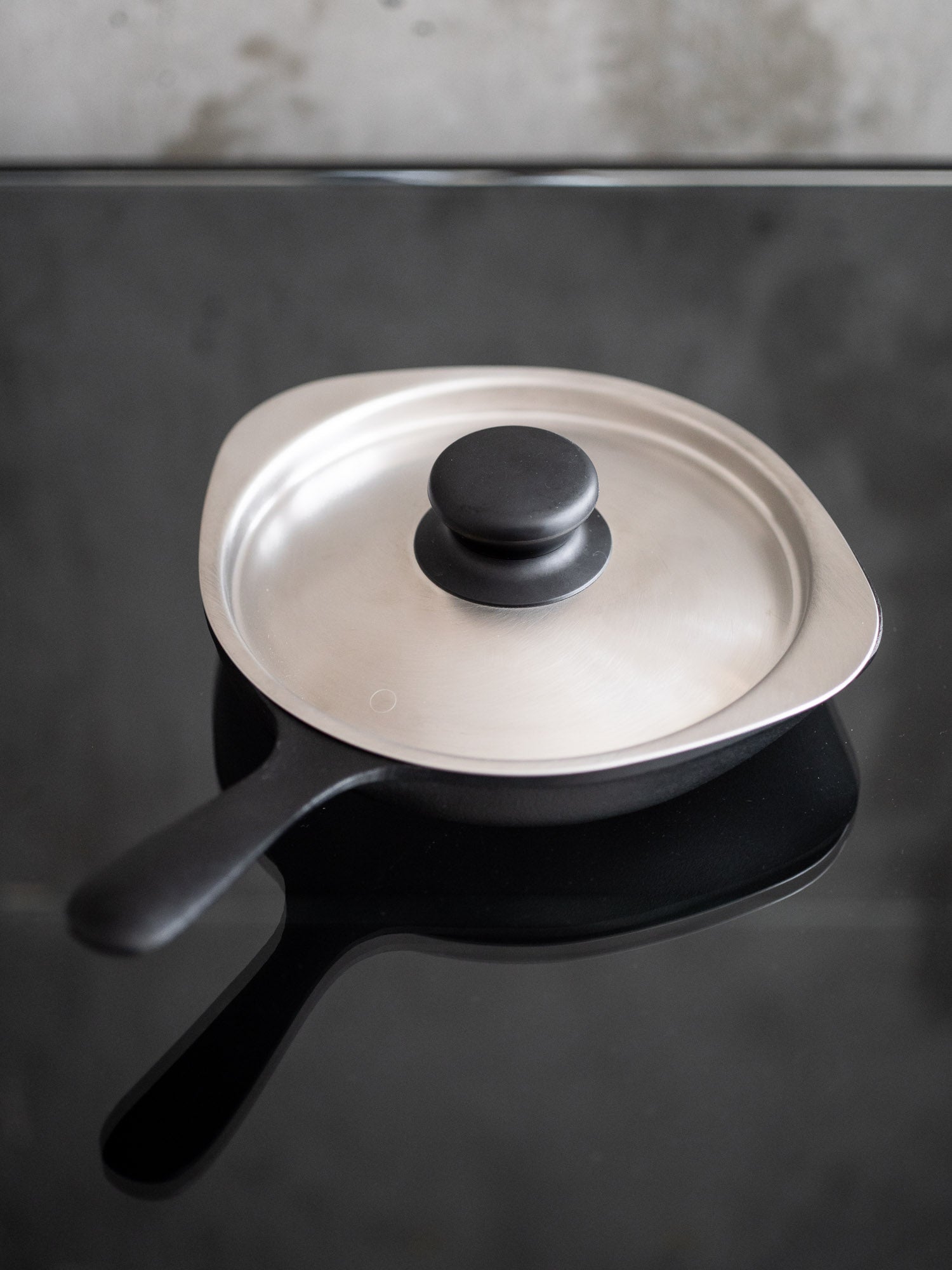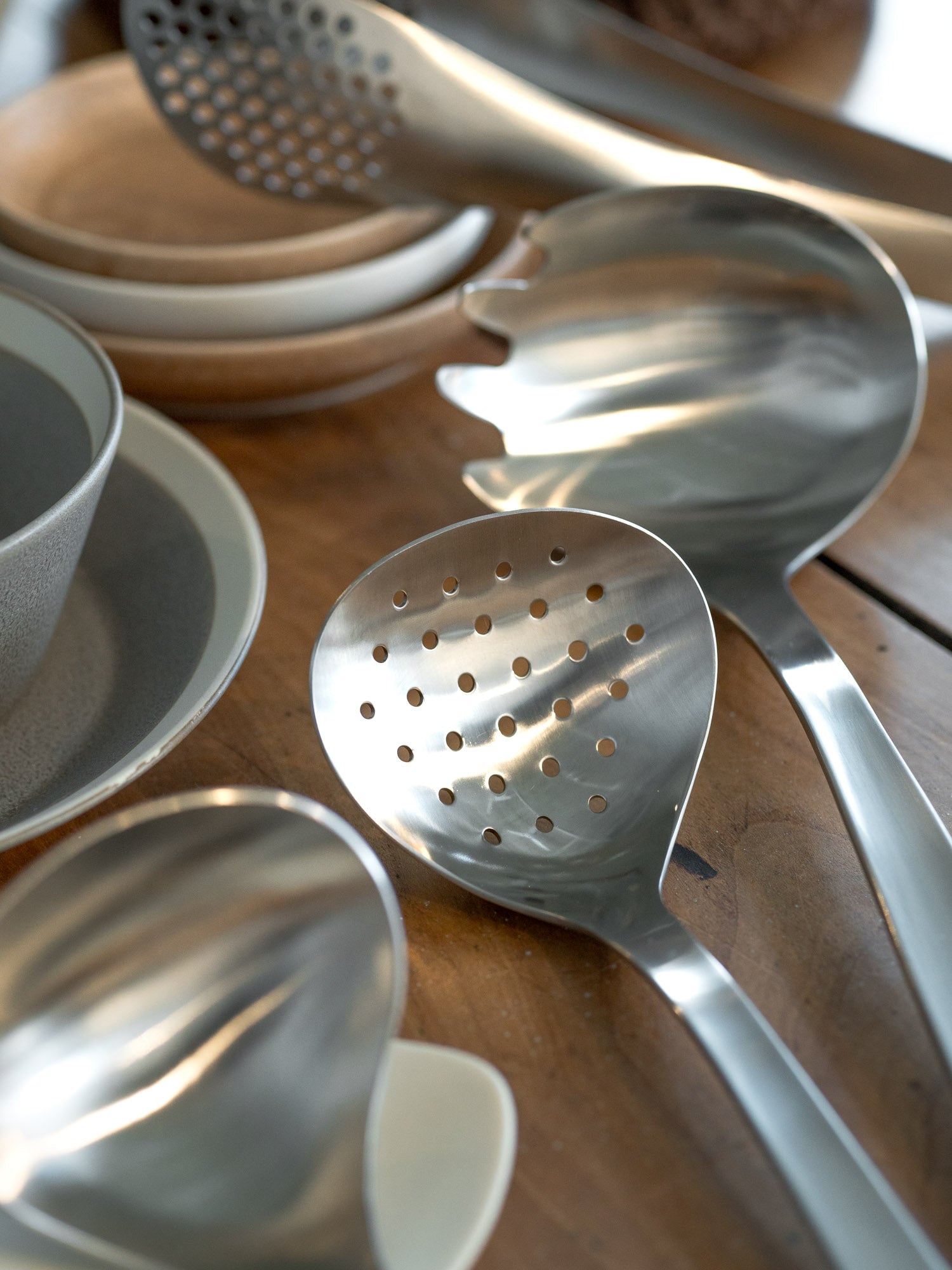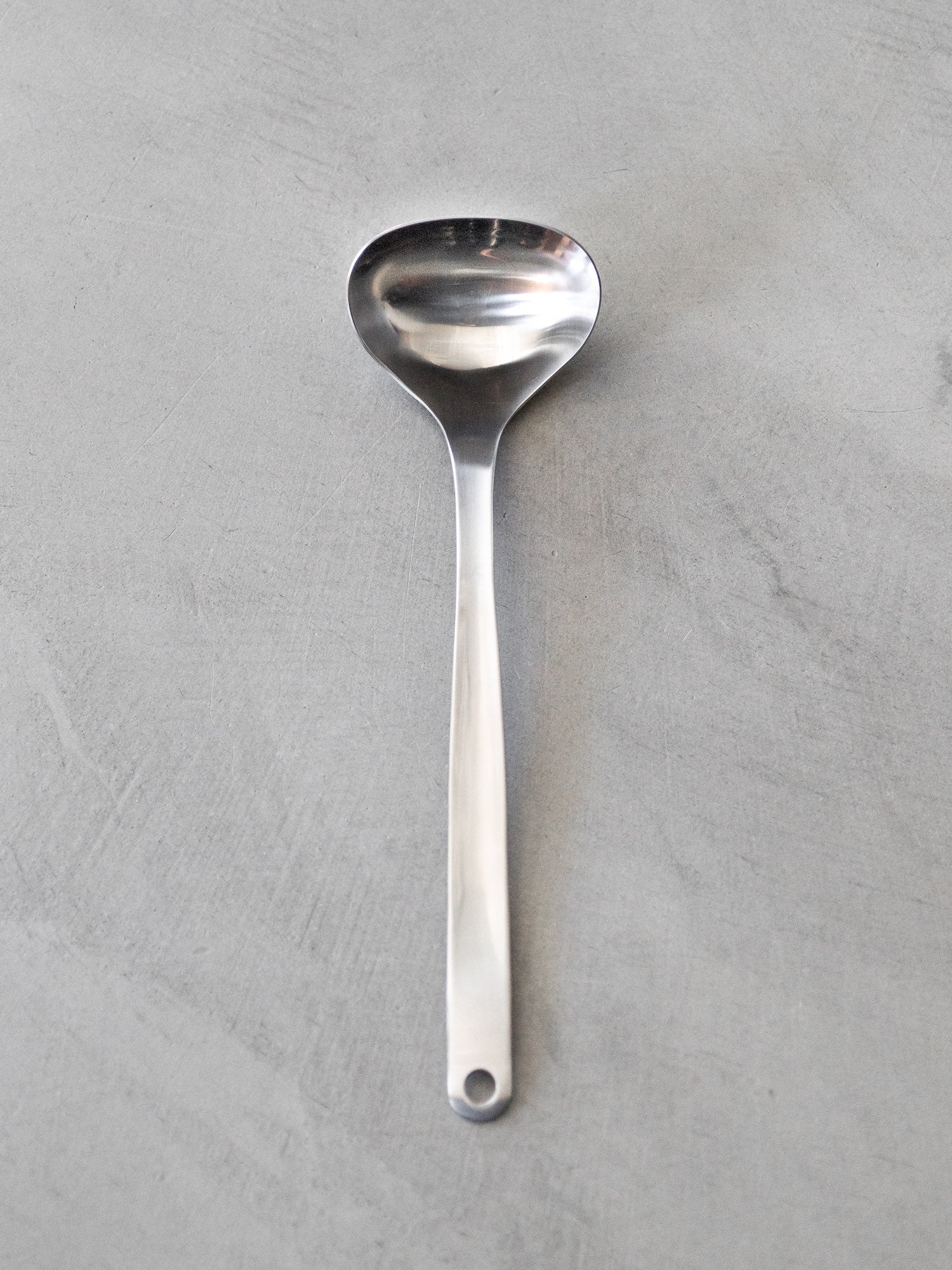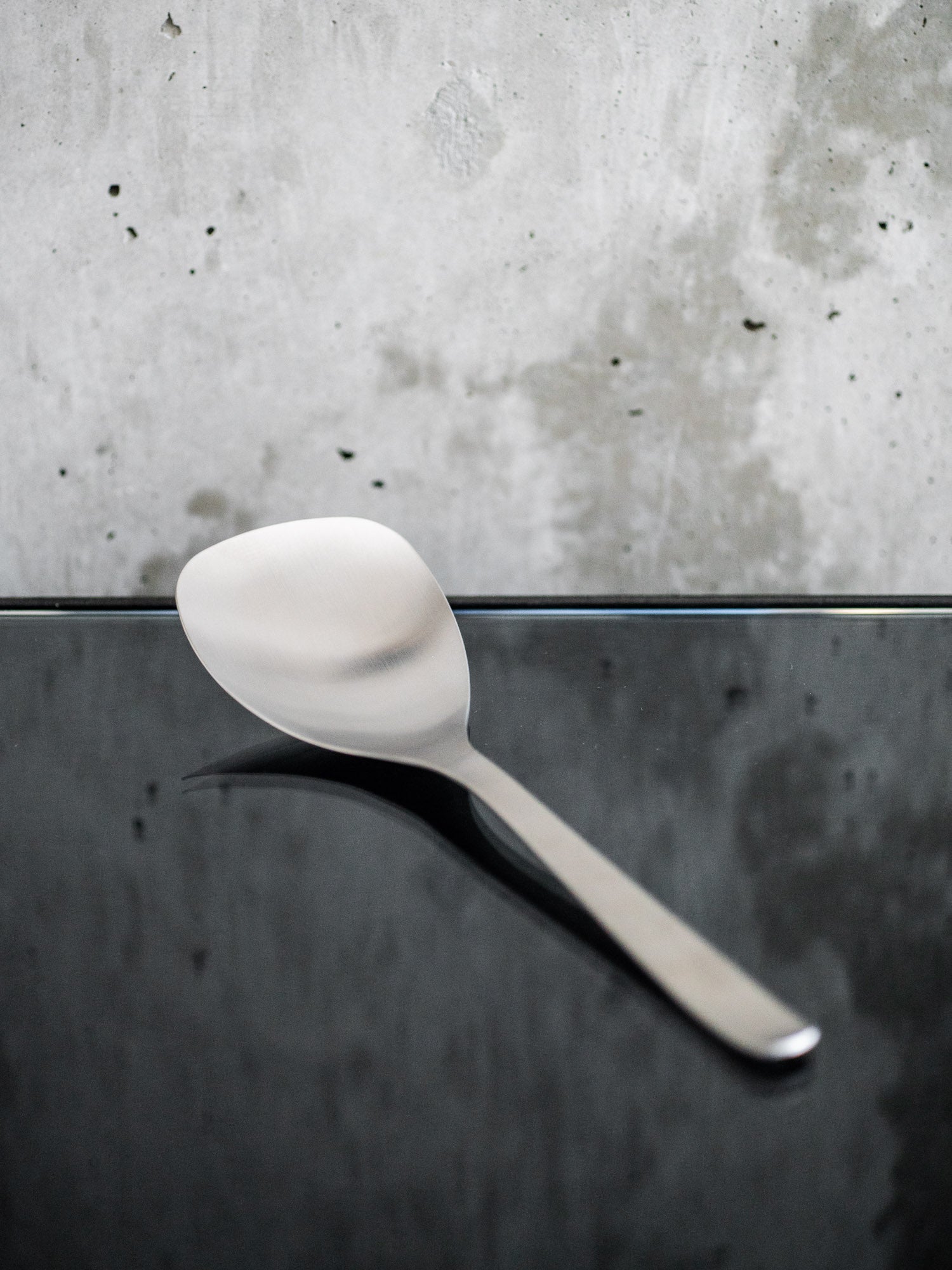Sori Yanagi

Sori Yanagi is the representative industrial designer of Japan.
He was consistent with customer’s point of view, and considered design with making model by himself. He designed many works which enriched daily life and could be used long term.
Born in 1915 as a son of Soetsu Yanagi, who founded the “Mingei” movement which celebrated Japanese folk crafts and the beauty of everyday objects. Soetsu helped establish the Nihon Mingeikan, the Folk Crafts Museum of Japan. Sori entered Tokyo Art School in 1934, where he studied both art and architecture. He was influenced by Le Corbusier as well as by Charlotte Perriand when she worked in Japan in the early 1940s. After graduating from the Academy of Fine Arts in Japan (currently Tokyo National University of Fine Arts and Music), he studied at Junzo Sakakura’s Architectural office.
Having the background of studying both art and architecture in school, he pioneered Japanese postwar industrial design.


Whether handcrafted or manufactured, a design is born from its connection to everyday life.
And this is also the source of true beauty.
– Sori Yanagi

In 1950, he founded Yanagi Design Institute. He designed many products: furniture, three-wheeled vehicles, Olympic cauldrons, pedestrian overpasses, etc.
In 1951, his cabinet for home appliances won First Prize at the first Japan Industrial Design Contest. In 1957, Butterfly Stool won the Gold Medal at Triennale in Milan, Italy. From 1977 he served as president of the Japan Folk Craft Museum. He also designed the torch holder and the seats in the stadium for the Tokyo Olympic Games in 1964. The water kettle was just one of Sori Yanagi’s most famous designs as well as his porcelain and silverware series.
The designer’s focus was always the unconscious beauty of everyday objects. His philosophy and passion towards design in his work have been appreciated around the world.
Sori Yanagi 柳宗理



